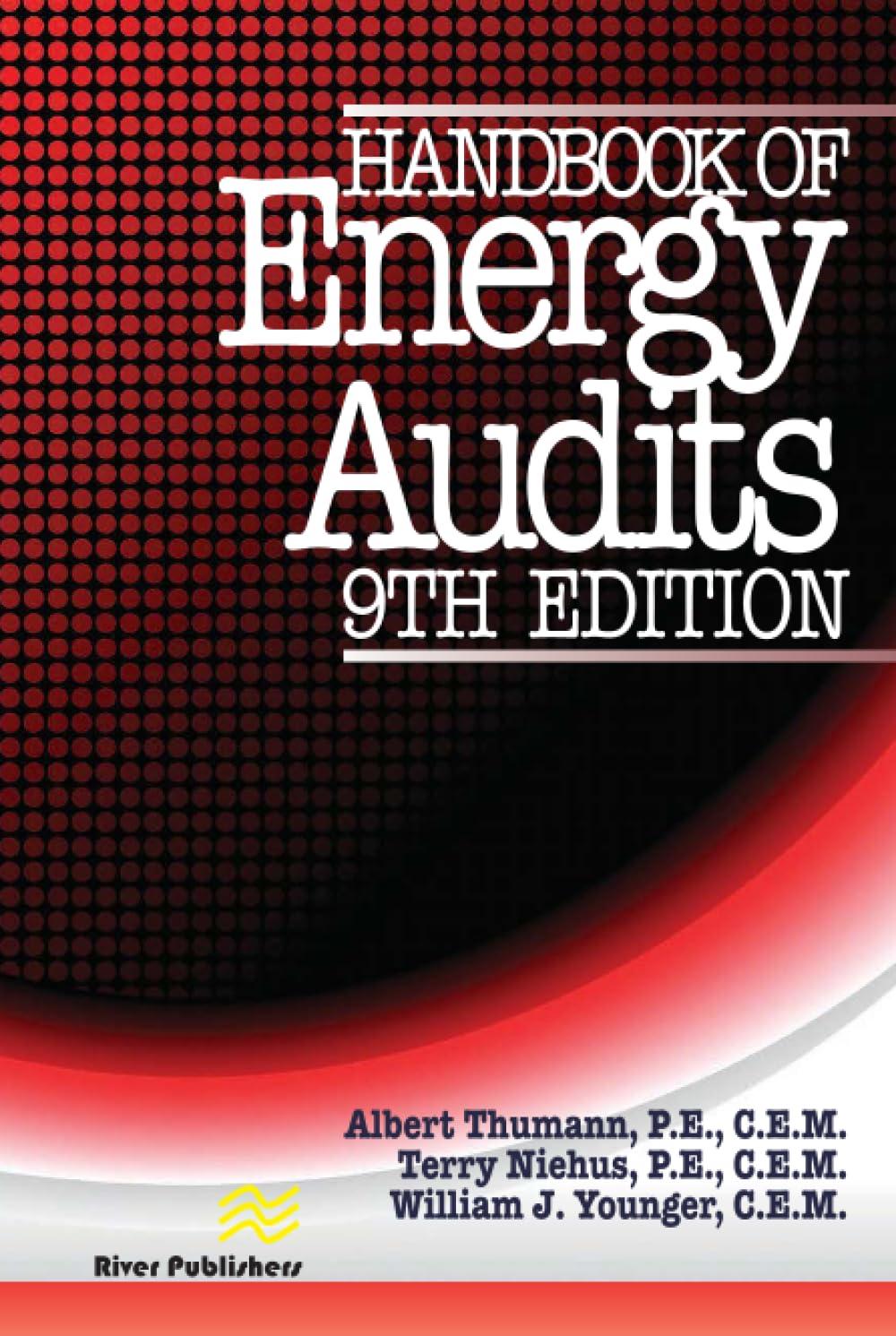Question
11. Which of the following is a documentation requirement of AU-C 230B that partners may want to mention at the engagement team discussion? A. Inclusion
11. Which of the following is a documentation requirement of AU-C 230B that partners may want to mention at the engagement team discussion?
| A. | Inclusion of all contracts or agreements. | |
| B. | Identification of all items considered for testing for operating effectiveness of controls. | |
| C. | Documentation that going concern considerations were unnecessary. | |
| D. | Documentation of the nature and effect of aggregated misstatements. |
12. The process used to understand the activities of an audit client is which of the following?
| A. | Complete after the initial engagement. | |
| B. | Complete after preliminary procedures. | |
| C. | Continual throughout the engagement. | |
| D. | Optional underneath a certain revenue threshold. |
13. Which of the following is a unique procedure that auditors might perform to form an understanding of a nonprofit organization that they would not do in a different type of audit?
| A. | Obtain an in-depth understanding of the client's activities and operations. | |
| B. | Read third-party reviews of grant programs, including federal award programs. | |
| C. | Focus on areas that could cause material misstatements in the financial statements. | |
| D. | Document the risk assessment procedures performed in order to gain the understanding. |
14. How might political and economic changes affect nonprofit organizations?
| A. | Relief efforts for disasters can draw funding away from nonprofit organizations. | |
| B. | States are prohibited from cutting funding to nonprofit organizations in order to balance budgets. | |
| C. | Changes to the economic climate are rare and should only be considered during an initial audit. | |
| D. | Nonprofit organizations react more quickly to downturns in the economy than for-profit businesses. |
15. How might performance measures affect the audit or the auditor's assessment of the risks of material misstatement?
| A. | Typically, performance measures are used to highlight expected or normal results and trends that affect the organization being audited. | |
| B. | Auditors are prohibited from using performance measures when performing analytical procedures, but they can be used for planning purposes. | |
| C. | The pressure to meet performance targets could motivate intentional misstatements, which should be considered in the auditor's risk assessment. | |
| D. | If the organization is small enough, it likely will not have performance indicators, so the audit will be unaffected by them. |
Step by Step Solution
There are 3 Steps involved in it
Step: 1

Get Instant Access to Expert-Tailored Solutions
See step-by-step solutions with expert insights and AI powered tools for academic success
Step: 2

Step: 3

Ace Your Homework with AI
Get the answers you need in no time with our AI-driven, step-by-step assistance
Get Started


